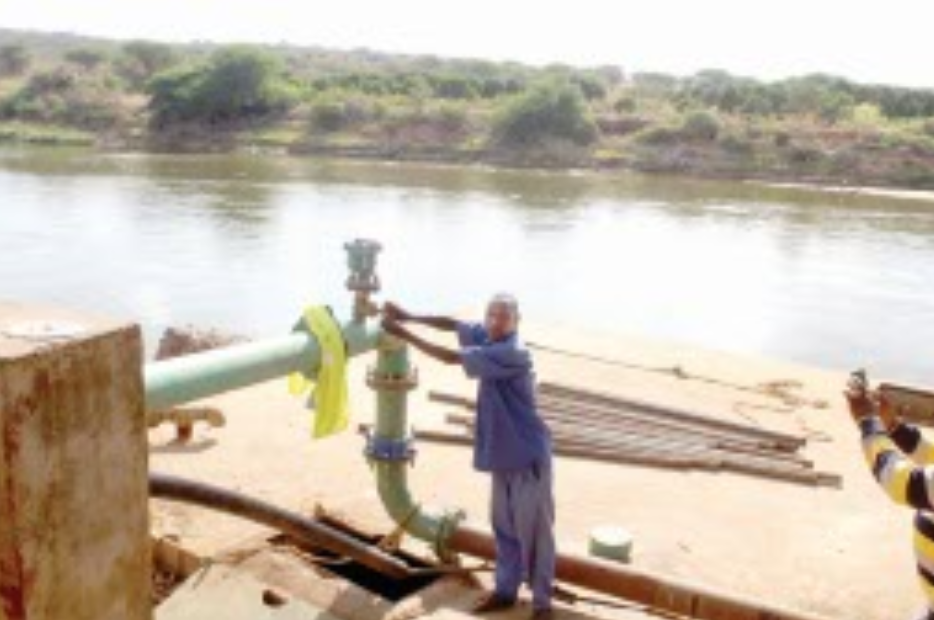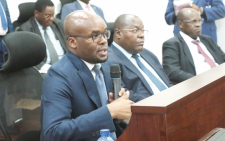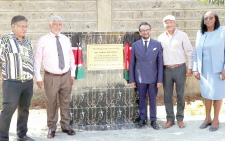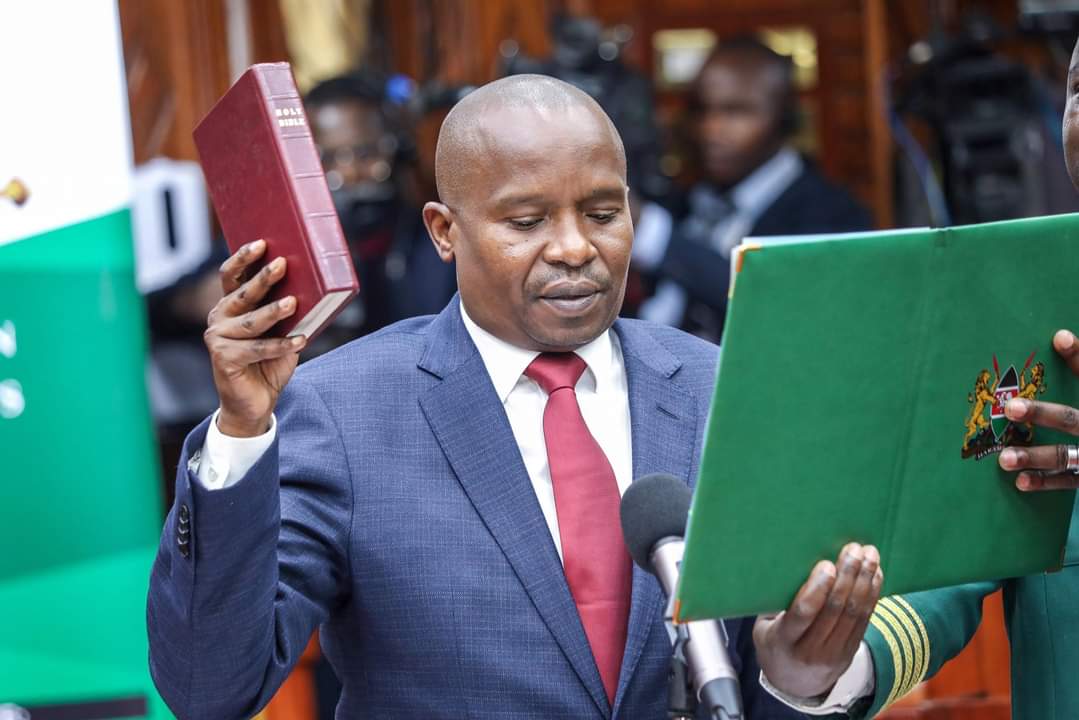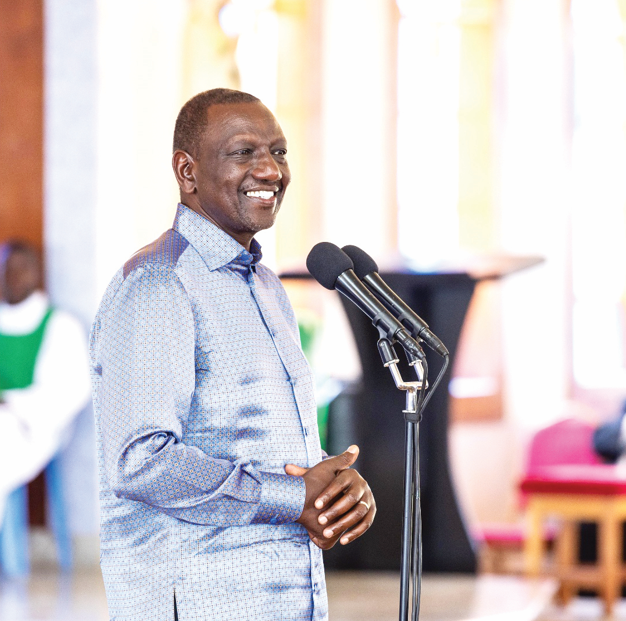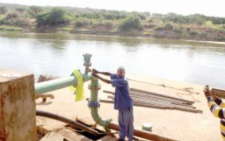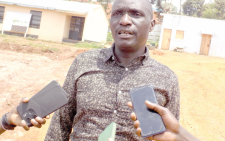Tucked deep in the remote Usai village in Kitui Rural constituency, Kangu Kangu water supply scheme lies as an iconic beacon of hope and a permanent solution to the biting water crisis that bedevils the arid and semi arid Kitui county.
The magnificent water project, drawing its water from the giant River Athi is a joint initiative of the Kitui County government and the World Vision and stands at the core of governor Julius Malombe’s agenda of making the county water secure.
Already, a sizable population in Kitui South and Kitui Rural subcounties are benefitting from the ambitious water project whose completion is slated for June 2025.
“Currently, the project is meeting 40 – 50 percent of the water demand in Kitui South. Our plan is to ensure a continuous improvement approach of the project even as we work towards its optimization,” says Water Chief Officer Nathan Vungo. Part of the continuous improvement approach is to replace weak pipes with high density pipes which are not prone to bursts and other strategic repairs, he says.
Potential beneficiaries
The ambitious water project commenced in 2014 during Malombe’s first term in office. However, when he lost the 2017 election to Charity Ngilu, the project stalled, thus dashing the hopes of the potential beneficiaries and plunging the residents of Kitui South and Rural into untold suffering.
However, with his re-election in 2022, governor Malombe’s administration has rekindled the residents’ hope of quenching their thirst by reviving the project and working towards its completion.
According to Vungo, the county Chief Officer for water, completion works aimed at optimizing the project are currently ongoing, particularly at the River Athi intake which has been redesigned and is being expanded and fitted with two new giant pumps to increase the volume of water that is abstracted from the river. This will allow for continuous 24 hour pumping, says the chief officer.
He explains that once the expansion of the intake is completed, water abstraction capacity will increase from 500 cubic metres to 1080 cubic metres per day. This means there will be continuous water pumping to the water treatment plant located about 6km away.
Water management
Vungo notes that by the end of 2024 – 2025 financial year, the project will be at 80 percent complete, with plans to set up a semi autonomous water company domiciled in Kitui South by 2026 to look into the issues of water management and governance particularly in the vast Kitui South and parts of Kitui Rural subcounties.
Currently, Kangu Kangu water project is run by Kitwasco company which also distributes water to Kitui town residents from Masinga dam intake.
To cut down on electricity costs, the county government jointly with World Vision is currently installing a massive solar system. The chief officer reveals that at its optimum, the water project will serve four million people, almost four times the population of the county.
So how is the river water which is ordinarily unfit for human consumption harvested and handled until it becomes consumable?
Hassan Musyoka is a pump operator stationed at the Kangu Kangu pumphouse, some 400 metres from the intake at River Athi. Here, Musyoka pumps raw, flowing water from the crocodile infested river through giant pipes onto a big, ten metre deep sedimentation chamber.
At the sedimentation chamber, the water is allowed to settle for considerable retention time to let sludge and sand settle at the bottom before the sieved water is allowed to flow onto a lower chamber.
From here, the water is pumped uphill by a powerful generator to the treatment plant located 6km away at Kangu Kangu hills. Here water experts treat it with an assortment of water chemicals to kill pathogens, remove colour and bad odour until it becomes fit for human consumption.
The treated water is then pumped into two giant storage tanks, with total capacity to hold one million litres. From here, the safe water is released by gravity to distribution tanks in Mutomo town, 42km away and to residents of other far flung areas such as Kanziku, Mathima, Ikutha and Kamutei.
“This project is a big relief to us, both to people and livestock,” says Nyamai Kilatya, a local resident who has in the past witnessed neighbours being mauled to death by crocodiles while fetching water at the river.
Governor Malombe’s administration has also worked out a water strategy involving construction of earth dams, water pans, boreholes, sand dams and sumpwells. He says optimization of all these water sources will make the vast county water secure.

